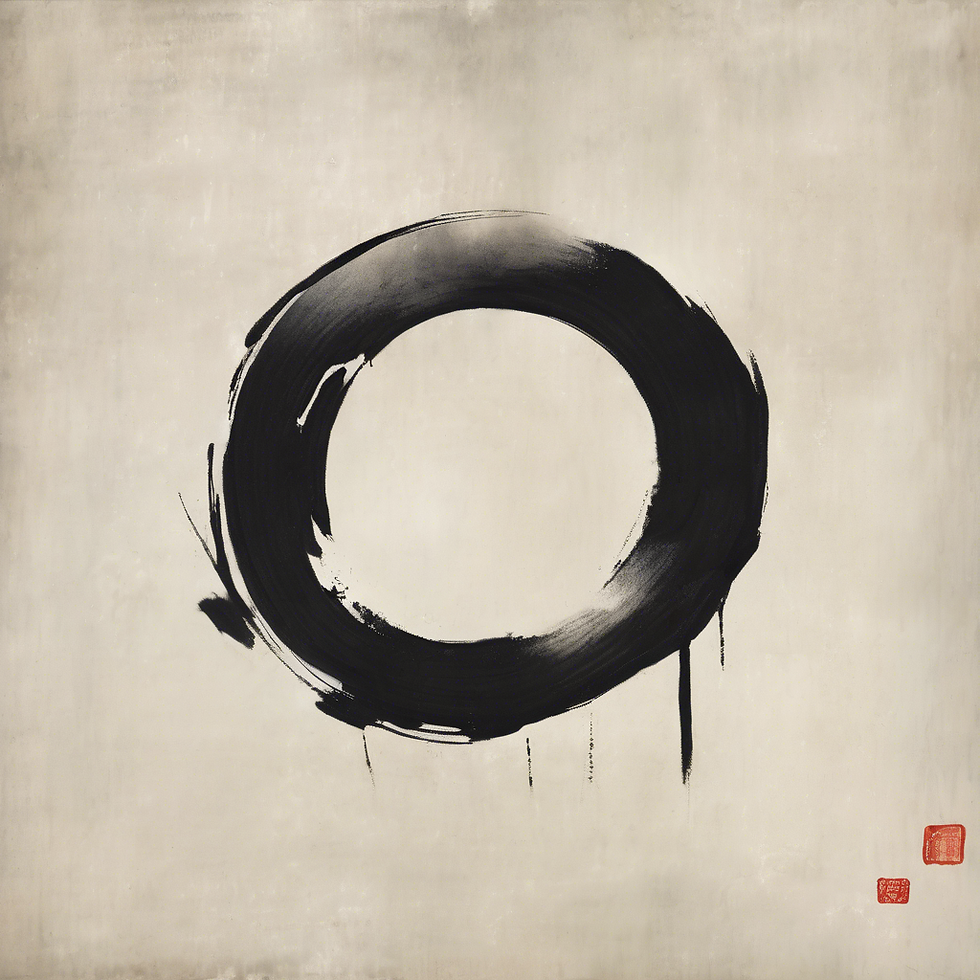Aikido & Non-Duality
- gaz841
- Mar 7
- 2 min read
Updated: 7 hours ago

As my Aikido practice has deepened, I’ve had time to reflect on the initial thoughts and preconceptions that first drew me to the art.
When I started, I immersed myself in reading about O’Sensei and watching as many videos of him as I could find. I noticed something striking - O’Sensei moved differently to all of his students, he seemed to embody something beyond form and technique. I think the photo below embodies this beautifully.

My understanding is that O’Sensei never spoke of Aikido in terms of form or self-defence; for him, it was something far more profound. Over time, I’ve come to realise that Aikido is the study of the self. But to understand it fully, we have to stop looking outward - seeing Aikido as a form, a technique, or a method to achieve something—and instead turn our attention inward, toward the fundamental question:Who am I?
Along my journey, I’ve met others on the same path and noticed that, despite outward differences in practice—whether Reiki, Yoga, Zazen, or playing a musical instrument—all the arts share a common purpose: to realise our true nature.
At its deepest level, every sincere practice leads to the same realisation, like different paths converging at the peak of a mountain.
I first glimpsed this truth when I let go of my agenda to achieve the next Aikido grade. Then I realised that to try and “Aikido” someone is dualistic in its nature. I eventually found myself showing up to practice with no intention other than to practice.
By committing to this kind of practice, we give ourselves the opportunity to shed the illusion of duality and experience the sense of unity that arises in the moment. At first, this is a fleeting feeling, but with regular training, I’m learning to return to this space again and again. Over time, I believe that this experience of oneness will begin to spill over beyond the dojo, shaping everyday life.
A close friend introduced me to the teachings of Sri Ramana Maharshi:

I have also listened to the beautiful talks of Rupert Spira, whose words resonate with me profoundly.

Spira articulates the direct path with such clarity and highlights just how simple non-duality is. Yet despite its simple nature, as I’ve found, it is not always easy to embody in every moment, which is why I feel the need to continue to practicing daily as Aikido and the arts are lifelong pursuits. I feel inspired to keep practicing - not to attain something, but to let go of the veil of duality. In that letting go, we create space to experience life with greater joy and peace.



Comments